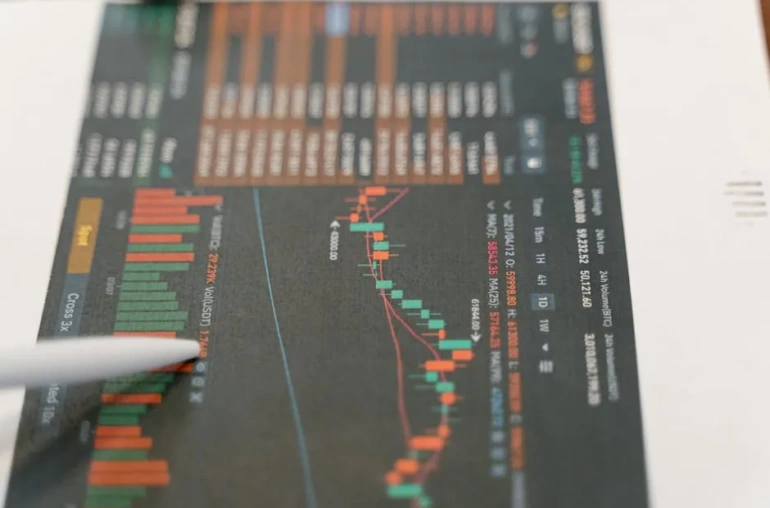
Understanding Bitcoin’s Role in Today’s Economy
In the ever-evolving landscape of financial markets, Bitcoin has often been hailed as a revolutionary asset. However, recent insights from NYDIG, particularly through the lens of Greg Cipolaro, suggest that the cryptocurrency may not function as an effective hedge against inflation as many have believed. Instead, it appears to have taken on a new role: that of a liquidity barometer.
Bitcoin’s Evolution: From Digital Gold to Liquidity Gauge
Traditionally, assets like gold have been viewed as safe havens during periods of inflation. However, Bitcoin’s trajectory has diverged from this narrative. According to Cipolaro, rather than serving as a reliable shield against rising prices, Bitcoin’s price movements are more closely tied to the overall liquidity in the market and the strength of the U.S. dollar.
This shift in perception highlights a fundamental change in how Bitcoin interacts with broader economic indicators. As the dollar wobbles, Bitcoin tends to flourish, suggesting that its value may be more about investor sentiment and market liquidity than about inflationary pressures.
The Dollar’s Influence on Bitcoin
The correlation between Bitcoin and the dollar’s strength is not merely coincidental. When the dollar weakens, investors often seek alternative assets to preserve their wealth. Bitcoin, with its decentralized and limited supply, becomes an attractive option. This behavior reflects a broader trend in which Bitcoin is viewed not just as a currency but as a store of value during times of economic uncertainty.
- Market Sentiment: As the dollar declines, market participants may turn to Bitcoin, pushing its price higher.
- Liquidity Trends: The cryptocurrency market is deeply influenced by liquidity; when funds are plentiful, investors are more willing to allocate capital to Bitcoin.
- Alternative Asset Class: Bitcoin’s unique properties allow it to act as a hedge against currency depreciation in a way that traditional assets may not.
Implications for Investors
Understanding Bitcoin’s role in the current economic climate is crucial for investors. Those looking to Bitcoin as a safeguard against inflation may need to adjust their expectations. Instead, focusing on how liquidity and dollar strength impact Bitcoin’s price could provide a more accurate framework for analysis and decision-making.
As we navigate through this complex financial landscape, it’s essential to stay informed about the factors influencing Bitcoin’s value. By recognizing its role as a liquidity barometer rather than a straightforward inflation hedge, investors can better position themselves to harness the potential of this digital asset.
Conclusion
In summary, while Bitcoin may not serve as the inflation hedge many hoped for, its responsiveness to liquidity trends and the strength of the dollar offers a new perspective for investors. As we continue to witness the dynamics of cryptocurrency markets, understanding these shifts will be key to making informed investment choices.



